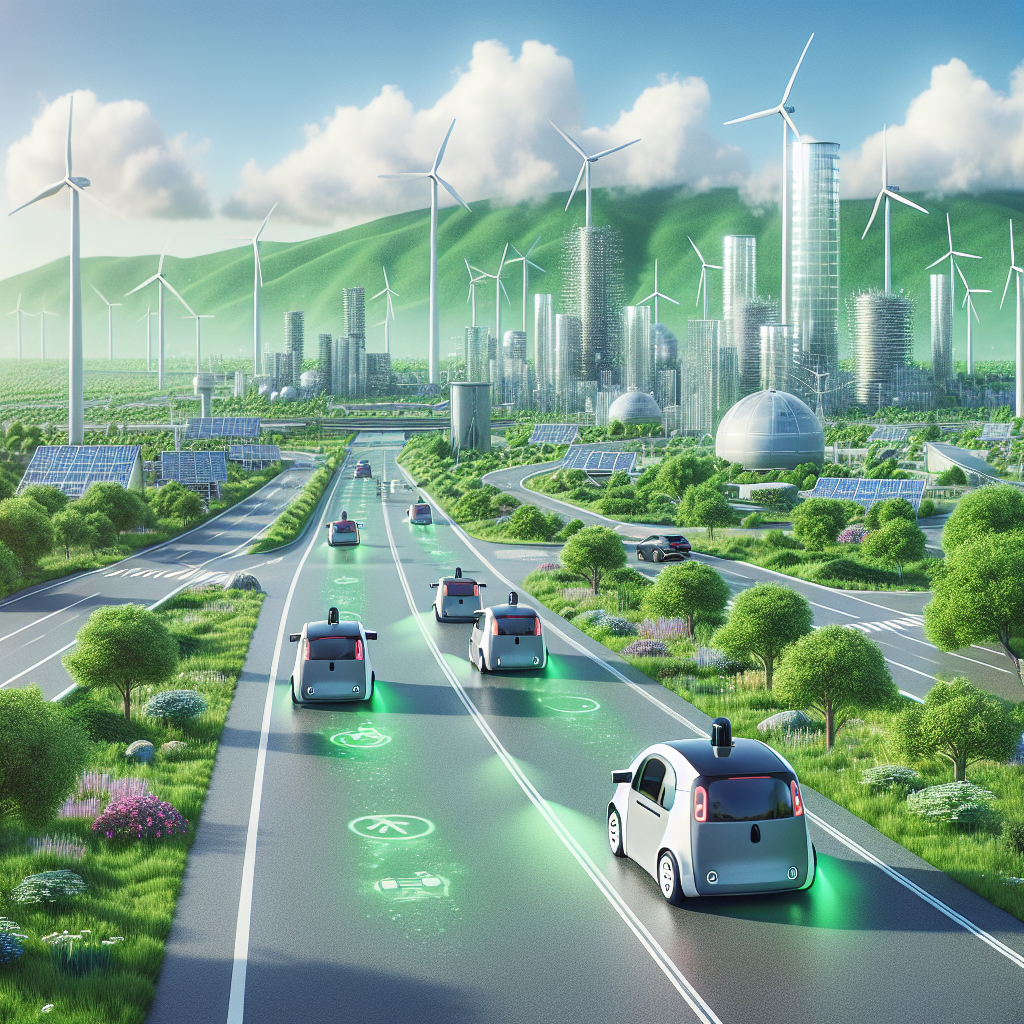Autonomous Vehicles and the Environment: How Self-Driving Cars are Reducing Carbon Emissions
Autonomous vehicles, also known as self-driving cars, have been gaining popularity in recent years as technology continues to advance. These vehicles have the potential to revolutionize the way we travel, making transportation safer, more efficient, and more environmentally friendly.
One of the key benefits of autonomous vehicles is their potential to reduce carbon emissions. Traditional vehicles are a major contributor to greenhouse gas emissions, which are a leading cause of climate change. According to the Environmental Protection Agency, transportation accounts for nearly 30% of greenhouse gas emissions in the United States alone.
Autonomous vehicles have the potential to significantly reduce these emissions by optimizing driving patterns and reducing fuel consumption. Self-driving cars are equipped with advanced sensors and technology that allow them to navigate more efficiently and avoid traffic congestion. This means that autonomous vehicles can take the most direct route to their destination, reducing the amount of time spent idling in traffic and ultimately reducing fuel consumption.
In addition, self-driving cars can also be programmed to drive more smoothly and efficiently, further reducing fuel consumption and emissions. By accelerating and braking more gradually and maintaining a consistent speed, autonomous vehicles can maximize fuel efficiency and reduce their environmental impact.
Another way that autonomous vehicles are helping to reduce carbon emissions is through the use of electric and hybrid technology. Many self-driving cars are powered by electric or hybrid engines, which produce fewer emissions than traditional gasoline-powered vehicles. By using cleaner energy sources, autonomous vehicles are helping to reduce the carbon footprint of the transportation sector.
Furthermore, autonomous vehicles have the potential to revolutionize the way we think about car ownership. By implementing ride-sharing and on-demand services, self-driving cars can reduce the overall number of vehicles on the road, leading to less congestion and lower emissions. In addition, autonomous vehicles can be programmed to drive more efficiently, further reducing their environmental impact.
Overall, autonomous vehicles have the potential to play a significant role in reducing carbon emissions and combating climate change. By optimizing driving patterns, using cleaner energy sources, and promoting ride-sharing services, self-driving cars are helping to create a more sustainable and environmentally friendly transportation system. As technology continues to advance and autonomous vehicles become more widespread, we can look forward to a future where transportation is not only safer and more efficient but also better for the environment.


